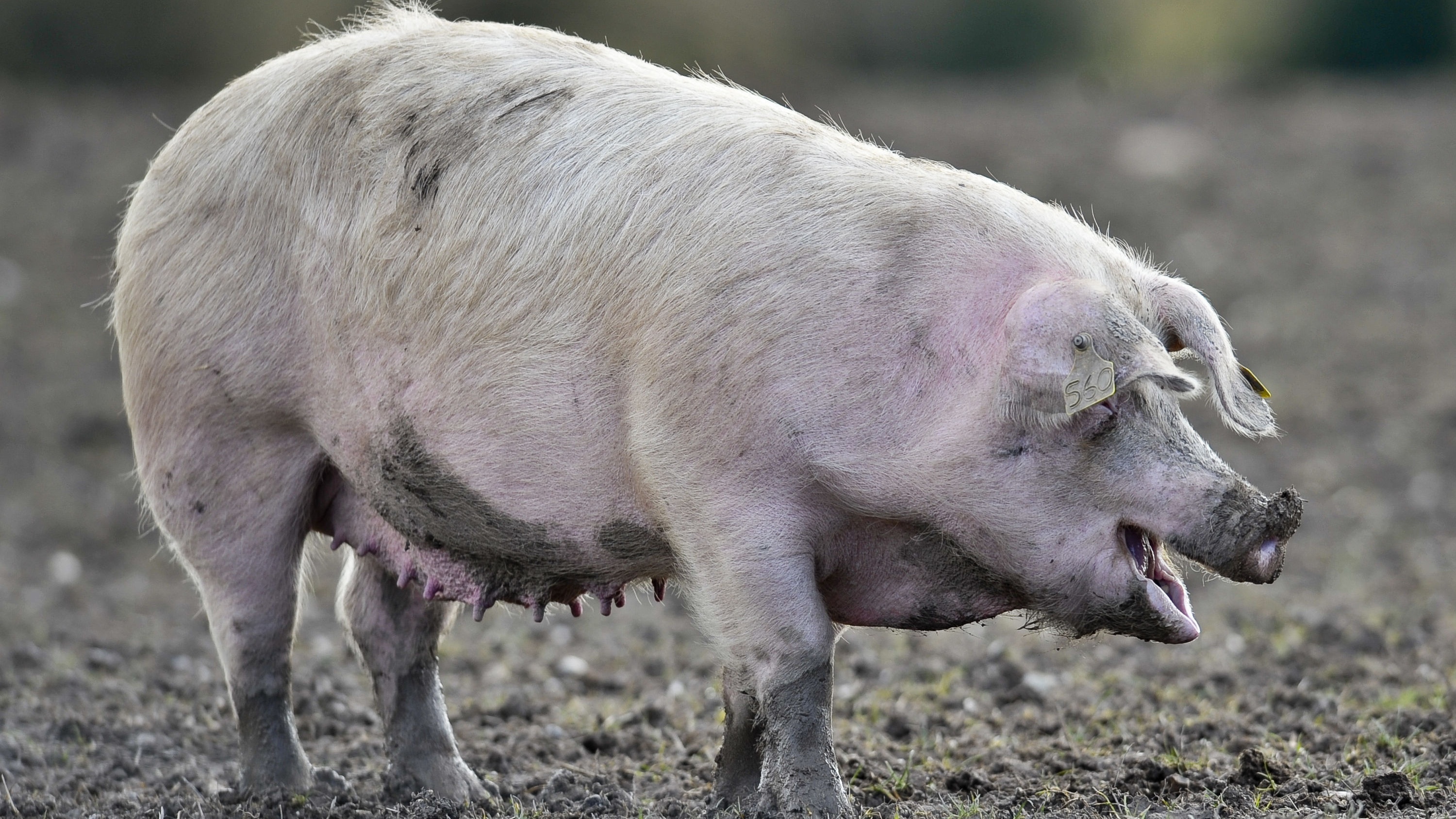
IN a groundbreaking study, scientists have created a human-pig hybrid for the first time.
The work by the Salk Institute for Biological Studies in California is particularly important because it opens us up to the possibility of being able to grow human organs inside pigs for use in transplants.
What did the experiment actually do?
The scientists injected human stem cells into early-stage pig embryos. These hybrids were then put into surrogate sows, and 186 of about 2,075 developed into chimeras. These embryos were developed for 28 days (the length of the first trimester of a pig pregnancy) before they were removed.
What are chimeras?
https://www.instagram.com/p/BPw9xkEjvhl/
The first ever chimera was a rat-mouse created a decade ago.
Why is it such a difficult process?

Professor Juan Carlos Izpisua Belmonte, from the Salk Institute, told the BBC: “Human and pigs are separated by a long time in evolution.” One major difference is the fact that pregnancy lasts less than four months in pigs.
“It is like a freeway with one car going much faster than another – you’re more likely to have an accident,” Belmonte said.
What is the point of these experiments?

It is hoped the experiments will soon be able to be used in human transplants. The NHS says about three people die every day in the UK through a lack of replacement organs, so it’s an area of medicine in desperate need of help.
Using a gene editing-technique, the scientists knock out key genes in the embryos and inject specific human cells – hoping they will be accepted by the embryo and then grow into the desired organ which can then be successfully transplanted into the human.
Why is such a controversial subject?
There are huge amounts of ethical issues surrounding these experiments – at one point the US National Institutes of Health imposed a moratorium (prohibition) on their funding. There are worries surrounding animal welfare and ideas that pigs could somehow develop human characteristics.
Here’s a handy video to explain it all.

Enjoy the convenience of having The Sunday Post delivered as a digital ePaper straight to your smartphone, tablet or computer.
Subscribe for only £5.49 a month and enjoy all the benefits of the printed paper as a digital replica.
Subscribe